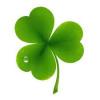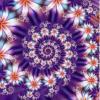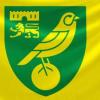Hi all,
just have a few questions about internal calibration for equipments: -
A) Thermometers.
To calibrate a simple probe thermometer is pretty straightforward but what's the proper way to calibrate a UV infrared thermometer as I understand it only measures the temperature of external surface of an item?
B) Weighing Scales.
Let's say (Digital) Weighing Scale A has a min = 40g and max = 30kg - is it necessary to verify that I the scale could measure both min & max accurately? What should be the frequency/scale of measurement be like? Every 10kg?
And I assume that for a digital weighing scale with a max of 5kg the measurement would be 1,2,3,4,5kg?
If anyone have any calibration SOP to share, that would be great as it's my first. Thanks.













